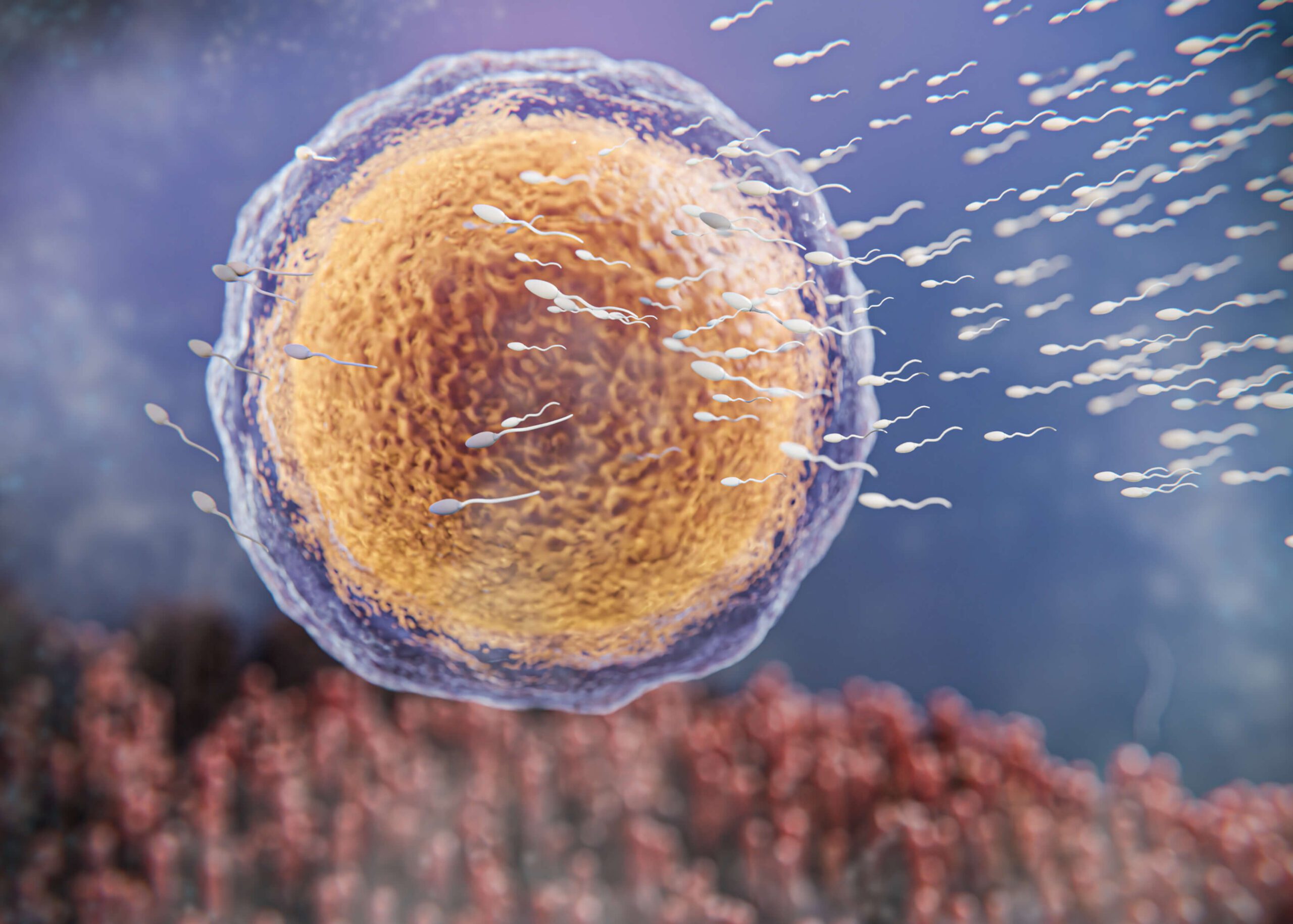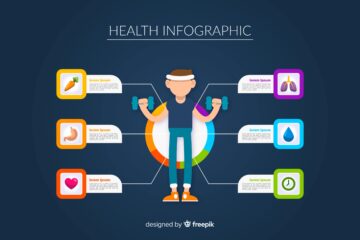Welcome to the definitive guide to a topic that often sparks curiosity and humor. In this study, we aim to unravel the mystery of testicular discomfort, colloquially known as sperm cramps, a discomfort or pain that men experience in their lower abdominal region or testicles.From breaking down common questions to providing straightforward answers. This comprehensive blog post covers the world of male reproductive health. So, we debunk sperm pain, dispel myths & offer clarity on the complexities of this unique and often misunderstood aspect of men’s wellness. To have more in depth knowledge about this read our blog post ; shedding light on the enigma of sperm cramps.
- What are sperm cramps?
- Sperm cramps mean discomfort or pain in the testicles and can result from various factors like overuse, trauma, infections, Overuse or Prolonged Sexual Activity, Testicular Torsion, Varicocele, Hernia, and Hormonal Imbalances. Causes vary in a range from person to person and may occur solely or in combination as mentioned above.
- Are sperm cramps real?
- Yes, sperm cramps are a real phenomenon in men. Testicular pain is real and can be caused by factors like overexertion, underlying conditions, Prolonged Sexual Activity, Testicular Torsion, Varicocele, Hernia, and Hormonal Imbalances.
- How long do sperm cramps last?
- The duration varies from individual to individual. Usually, sperm cramps are temporary. If persistent, seeking medical advice for an accurate diagnosis is crucial. Your testicles need special care as other organs. Don’t take it easy.
- What causes sperm cramps?
- Sperm cramps can be caused by overexertion, physical trauma, infections, underlying medical conditions affecting the testicles, Prolonged Sexual Activity, Testicular Torsion, Varicocele, Hernia, and Hormonal Imbalances.
- Do guys get sperm cramps?
- Yes, men can experience testicular pain or discomfort, sometimes colloquially referred to as sperm cramps. The causes for sperm cramps may include prolonged Sexual Activity, Testicular Torsion, Varicocele, Hernia, and Hormonal Imbalances.
- How to get rid of sperm cramps?
- To stop or treat sperm cramps following advice and cautions should be considered. Rest, warm compress, supportive underwear, and over-the-counter pain relievers can help alleviate sperm cramps. Consult a doctor if the pain persists.
- Where do sperm cramps hurt?
- Sperm cramps typically manifest as pain or discomfort in the testicles. It may manifest as a feeling of discomfort or pain in the testicles. The pain is localized to the scrotum. It may radiate to the lower abdomen and groin area. The specific location of the pain can vary. Some individuals experience pain on one or both sides of the scrotum. Pain can fluctuate in intensity. It ranges from a dull ache to sharp, stabbing sensations. In some cases, the pain may radiate to the inner thigh. It is important to note that the exact location and nature of scrotal pain can be affected by a variety of factors such as overexertion, trauma, or infection.
- Do boys get sperm cramps?
- Yes, adolescent boys can experience testicular pain. But it’s not compulsory. Not all boys experience this phenomenon. Various factors are responsible for this pain. It’s essential to consult a healthcare professional for proper evaluation.
- Do men have sperm cramps?
- Yes, men can experience testicular pain, and the term “sperm cramps” is sometimes used informally to describe this discomfort. Not all men experience this phenomenon. Various factors are responsible for this pain. It’s essential to consult a healthcare professional for proper evaluation.
- Is sperm cramps real?
- Sperm cramps are not a medical term. Testicular pain is often referred to as sperm cramps. It is a real phenomenon caused by various factors. Not all individuals are affected by this phenomenon. It’s essential to consult a healthcare professional for proper evaluation.
- What are sperm cramps in males?
- Sperm cramps in males refer to discomfort or pain in the testicles and can result from various factors like overuse, trauma, infections, Overuse or Prolonged Sexual Activity, Testicular Torsion, Varicocele, Hernia, and Hormonal Imbalances. Causes vary in a range from person to person and may occur solely or in combination as mentioned above.
- Do sperm cramps exist?
- Yes, sperm twitches exist. Sperm cramps are not a medical term. Testicular pain is often referred to as sperm cramps. It is a real phenomenon caused by various factors. Not all individuals are affected by this sensation. It’s essential to consult a healthcare expert for accurate evaluation.
- Why do sperm cramps happen?
- The potential causes of sperm cramps may include; overexertion, physical trauma, infections, underlying medical conditions affecting the testicles, Testicular Torsion, Prolonged Sexual Activity, Hernia, Varicocele, and Hormonal Imbalances.
- How do you get sperm cramps?
- There is no specific mechanism associated with it. However, pain or discomfort in the testicles, often colloquially known as testicular cramps or sperm cramps, can be caused by a variety of factors. Here are some possible mechanisms that can contribute to testicular pain: overexertion, physical trauma, infections, underlying medical conditions affecting the testicles, Testicular Torsion, Prolonged Sexual Activity, Hernia, Varicocele, and Hormonal Imbalances.
- What do sperm cramps feel like?
- Sperm cramps may feel like discomfort, pain, or aching in the testicles, depending on the underlying cause. It may manifest as a feeling of discomfort or pain in the testicles. The pain is localized to the scrotum. It may radiate to the lower abdomen and groin area. The specific location of the pain can vary.
- What does a sperm cramp feel like?
- A sperm cramp may feel like pain or discomfort in the testicles. It may manifest as a feeling of discomfort or pain in the testicles. The pain is localized to the scrotum. It may radiate to the lower abdomen and groin area. The specific location of the pain can vary.
- Can sperm cause cramps?
- Sperm itself typically doesn’t cause cramps, but factors like overexertion, physical trauma, infections, underlying medical conditions affecting the testicles, Prolonged Sexual Activity, Testicular Torsion, Varicocele, Hernia, and Hormonal Imbalances.
- Do guys have sperm cramps?
- Yes, guys can experience testicular pain, and the term “sperm cramps” is sometimes used informally to describe this discomfort. Not all men experience this phenomenon. Various factors are responsible for this pain. It’s essential to consult a healthcare professional for proper evaluation.
- What age do you get sperm cramps?
- Testicular pain, or sperm cramps, can occur at any age and may be influenced by factors like lifestyle, physical activity, or underlying conditions.
- Are sperm cramps worse than period cramps?
- Comparing pain experiences is subjective. Both sperm cramps and period cramps can be uncomfortable, with severity varying among individuals. However, the simple answer is no. Period cramps are more painful and serious as compared to the cramping of sperm in males.
- Does sperm make period cramps worse?
- No, sperm does not make menstrual cramps worse. Menstrual cramps also known as dysmenorrhea. These are primarily caused by the contraction of the uterus as it sheds its lining. These contractions help expel menstrual blood. Sperm is involved in the reproductive process and does not have a direct effect on the physical mechanisms that cause menstrual cramps. Period pains are caused by fluctuating hormones and the release of substances called prostaglandins. It causes the uterus to contract. Although sexual activity may occur during menstruation. Sperm by itself does not increase or contribute to the severity of period pain. It is important to distinguish between factors that directly affect menstrual pain and those that are not related to reproductive activity.
- Does sperm make you cramp?
- Sperm itself doesn’t directly cause cramps. Testicular pain, or sperm cramps, may result from other factors like overuse or infections. There are multiple factors such as overstressing, psychological problems, any physical damage to the testicles, etc. To have a broader view of these factors read our blog post; sperm cramps-causes, symptoms and remedies.
- How do men fix sperm cramps?
- To alleviate sperm cramps, staying hydrated, practicing good genital hygiene, and avoiding tight clothing can help. Regular exercise and a balanced diet contribute to overall reproductive health. If persistent, consult a healthcare professional.
- At what age sperm production start?
- Sperm production typically begins during puberty, around the ages of 12 to 16. However, fertility may not fully mature until the mid–20s.
- Which fruit is good for sperm?
- Fruits like citrus fruits, berries, and bananas contain antioxidants that support sperm health. These antioxidants help combat oxidative stress and promote better sperm quality.
- Why is my sperm yellow?
- Yellowish semen may result from diet, dehydration, or a buildup of pigments. It’s usually not a cause for concern, but if the color persists or changes significantly, it’s advisable to consult a healthcare professional.
- What does healthy sperm smell like?
- Healthy sperm typically doesn’t have a distinct smell. Any unusual or foul odor may indicate an infection, and it’s recommended to seek medical advice.
- Can you feel cramps when sperm meets egg?
- Sensations like cramps are uncommon when sperm meets the egg. Pregnancy symptoms usually manifest later, after implantation. Cramping can be due to various factors, and is not necessarily a direct result of fertilization
- Who has sperm cramps?
- Men may experience sperm cramps, but it’s not a common complaint. If persistent or severe, consulting a healthcare professional is advisable to rule out any underlying issues.
- Can girls get sperm cramps?
- No, girls don’t experience sperm cramps. The process of sperm meeting egg occurs internally and doesn’t cause cramping in females.
- How do sperm cramps start?
- Sperm cramps can be caused by muscle contractions or other factors. Staying hydrated, maintaining good reproductive health, and addressing any underlying issues can help prevent or alleviate sperm cramps.
- Am I pregnant or cramping?
- Cramping can be a sign of pregnancy, but it’s not exclusive to pregnancy. Other factors like menstruation, digestive issues, or muscle strain may also cause cramps. A pregnancy test can provide clarity.
- Is it cramps or pregnancy?
- Cramps can be associated with pregnancy, but they can also occur for other reasons. If in doubt, taking a pregnancy test and consulting with a healthcare professional is recommended.
- Do cramps mean fertility?
- Cramps alone may not indicate fertility. Fertility is influenced by various factors. If trying to conceive and facing challenges, consulting a fertility specialist is advisable
- What is a ghost period?
- A “ghost period” isn’t a recognized medical term. If referring to a missed period without pregnancy, it could be due to hormonal imbalances, stress, or other factors. Consultation with a healthcare provider is recommended.
- Do cramps feel like pregnancy?
- Cramps can be a pregnancy symptom, but they are not exclusive to pregnancy. Many factors, including menstruation, can cause cramping. If uncertain, taking a pregnancy test and consulting a healthcare professional is recommended.
- Difference between sperm cramps vs period cramps ?
| Aspect | Sperm Cramps | Period Cramps |
|---|---|---|
| Nature of Cramps | Rare, linked to various factors | Common, associated with menstruation |
| Gender-Specific | Primarily in men, uncommon | Exclusive to individuals with a uterus (typically women) |
| Timing | Sporadic, not tied to a specific cycle | Coincides with menstruation, before or during flow |
| Location of Sensations | Genital region, possibly due to muscle contractions | Lower abdomen and pelvis, due to uterine contractions |
| Causes | Dehydration, tight clothing, underlying health issues | Hormonal changes, particularly elevated prostaglandin levels |
| Associated Symptoms | Typically not accompanied by other symptoms | Often accompanied by bloating, mood swings, breast tenderness |
Causes of Sperm Cramps
Infections, which include prostatitis and epididymitis, varicoceles, physical pressure or damage, testicular torsion, hernias, and chronic pelvic ache syndrome (CPPS), are a number of the underlying situations that can cause sperm cramps, also called testicular and ejaculatory pain. The testicles and surrounding tissues can also reveal severe or stupid aches, swelling, and soreness due to obstructions, infection, or damage. A clinical evaluation is essential for a proper analysis, and relying on the underlying motive, treatment alternatives might range from lifestyle changes and medicinal drugs to surgical operations.
Symptoms of Sperm Cramps
Acute signs of sperm cramping include acute, stabbing, dull, or unbearable pain within the testicular, lower abdominal, groyne, or pelvic regions. Infections like prostatitis or epididymitis, varicoceles, and obstruction of the ejaculatory duct are often observed by this ache. Urinary problems like painful urination or blood in the urine are occasionally observed through extra signs and symptoms, including oedema, redness, or warm temperature in the scrotum, suggesting an infection. Varicoceles can make the affected testicle feel heavy or dragged. Serious situations, like testicular torsion, are characterised by abrupt, severe testicular discomfort that needs to be treated right once to avoid permanent harm. For rapid medical action and efficient management to reduce potential problems, these signs must be recognised as soon as possible.
Diagnosing Sperm Cramps
To diagnose sperm cramps, a complete assessment should be completed, starting with a thorough clinical history and physical exam to look for any bodily signs and symptoms, including swelling, tenderness, or lumps in the testicles or surrounding tissues. Testicular torsion, varicoceles, and epididymitis can all be recognized and visualized with imaging methods like MRIs and scrotal ultrasounds. Infections and other anomalies can be found using laboratory testing, such as blood, urine, and semen analysis. Sometimes, for more in-depth images of the prostate and pelvic area, further procedures such as transrectal ultrasounds or CT scans are used. To enable proper and successful therapy, our thorough diagnostic technique guarantees the identification of the particular cause of sperm cramping.
Treatments for Sperm Cramps
Depending on what is causing the cramping, treating sperm requires a different strategy. Antibiotics eliminate germs and reduce inflammation in ailments, including prostatitis and epididymitis. Ache control generally includes taking anti-inflammatory capsules or over-the-counter ache drug treatments to ease discomfort. A lifestyle change promoting recuperation consists of refraining from demanding sports, ingesting plenty of water, and changing one’s eating regimen to reduce inflammation. To address and relieve symptoms in cases of structural problems such as varicoceles or ejaculatory duct obstruction, surgical procedures like varicocelectomy or surgical repair may be required. By easing pain and encouraging relaxation, natural medicines like warm baths, cold packs, and mild exercise can support medical care. To maintain general pelvic health or manage persistent symptoms, alternative therapies like physical therapy or acupuncture might be taken into consideration. Ensuring focused management based on the patient’s demands and condition severity requires a thorough assessment by healthcare professionals, which is essential for effective therapy.
Preventing Sperm Cramps
To lessen the possibility of situations that result in testicular or ejaculatory pain, sperm cramp prevention entails a multimodal strategy. Preventing infections like epididymitis or prostatitis that may bring about sperm cramping requires preserving appropriate hygiene and sexual health behaviours, together with safe sex and making sure superb genital hygiene is maintained. It can support urinary tract health and minimise infection by consuming a well-balanced, nutrient-rich eating regimen and drinking sufficient water. Another aspect that promotes urological health is limiting alcohol and caffeine consumption.
Exercise precautions reduce the chance of genital trauma, which can cause injuries and subsequent cramping in the sperm. These precautions include wearing protective clothing during sports and employing safe lifting procedures. Routine check-ups allow for the early detection and treatment of disorders such as varicoceles or prostate problems, which may act as triggers for sperm cramping. To alleviate pelvic muscle tension and aggravate disorders like chronic pelvic pain syndrome (CPPS), it is helpful to manage stress using practices like yoga or meditation. Gaining knowledge about the signs and causes of sperm cramping allows one to identify such problems early on, which allows for prompt treatment and support. Individuals can better protect their urological health and lower their risk of sperm cramping by implementing these preventive measures into their daily lives.



